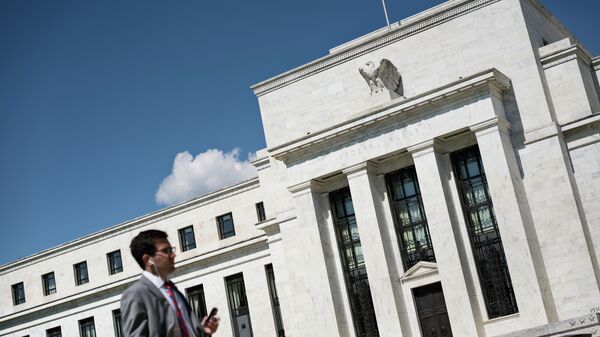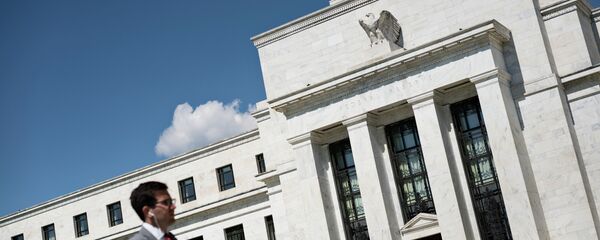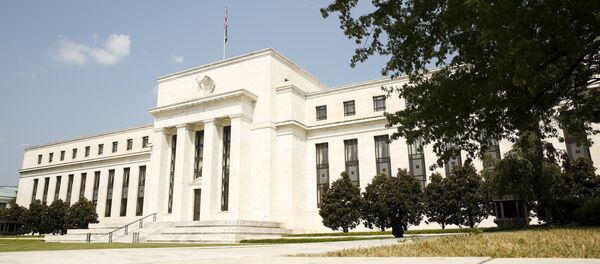Lukewarm US economic growth and lack of sufficient inflationary pressures rendered the Federal Reserve dovish on the policy; yet, the central bank planners made it clear they are staying on course to policy normalisation.
Amid the Trump administration’s lack of progress on reform, the lowered expectations of the US economic growth resulted in the Federal Reserve keeping base borrowing costs unchanged within the 1.00-1.25 percent gauge. The Federal Open Market Committee (FOMC), following their meeting on the 25-26th of July, cited the deceleration of US inflation on a 12-month basis as the main reason to postpone further tightening on the monetary policy side.
“In view of realized and expected labor market conditions and inflation, the Committee decided to maintain the target range for the federal funds rate at 1 to 1-1/4 percent,” the FOMC said. “The stance of monetary policy remains accommodative, thereby supporting some further strengthening in labor market conditions and a sustained return to 2 percent inflation.”
The FOMC also said that monetary policy normalisation would continue, with more interest rate hikes to follow in the near-term, in line with the incoming macroeconomic data. The regulator also said that the bloated $4.5-trillion Fed balance sheet is subject to soon reductions.
“The Committee expects that economic conditions will evolve in a manner that will warrant gradual increases in the federal funds rate … Committee expects to begin implementing its balance sheet normalization program relatively soon,” FOMC said.
Therefore, higher Fed rates in the existing conditions of low consumer purchasing power would hinder the financial sector profits on the Main Street lending side. That said, inflation is becoming the most important indicator for the central bank, and with inflation having declined to 1.6 percent in June compared to 2.7 percent in February, the 2-percent Fed inflation target seems harder to achieve and sustain.
“It's premature to reach the judgment that we're not on the path to 2-percent inflation over the next couple of years. As we indicate in our statement, it's something we're watching very closely, considering risks around the inflation outlook,” Fed Chair Janet Yellen said two weeks ago, commenting on the key factors behind central bank policymaking.
Fed balance sheet reductions are due very soon, though. The central bank’s enormous asset holdings are undermining open market competition and are holding back the broader US economic growth. Fed’s ongoing reinvestment in governmental debt and commercial mortgage-backed securities (CMBS) prevent the looming decline in value of these assets, as well as the expected increase in yields, and the resulting higher market volatility.
Yet, in order to be able to address future economic shocks, the Fed need to free up some of their risk absorption capacity by either ceasing the reinvestment or selling part of their Treasury bond and CMBS holdings.
The subsequent rise in Treasury yields, also a measure of the US natural interest rates, would also justify the next Fed rate hikes, the soonest of which is due in December under the condition the balance sheet reductions will commence in September.






